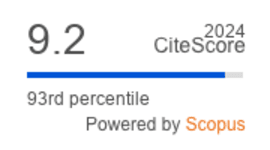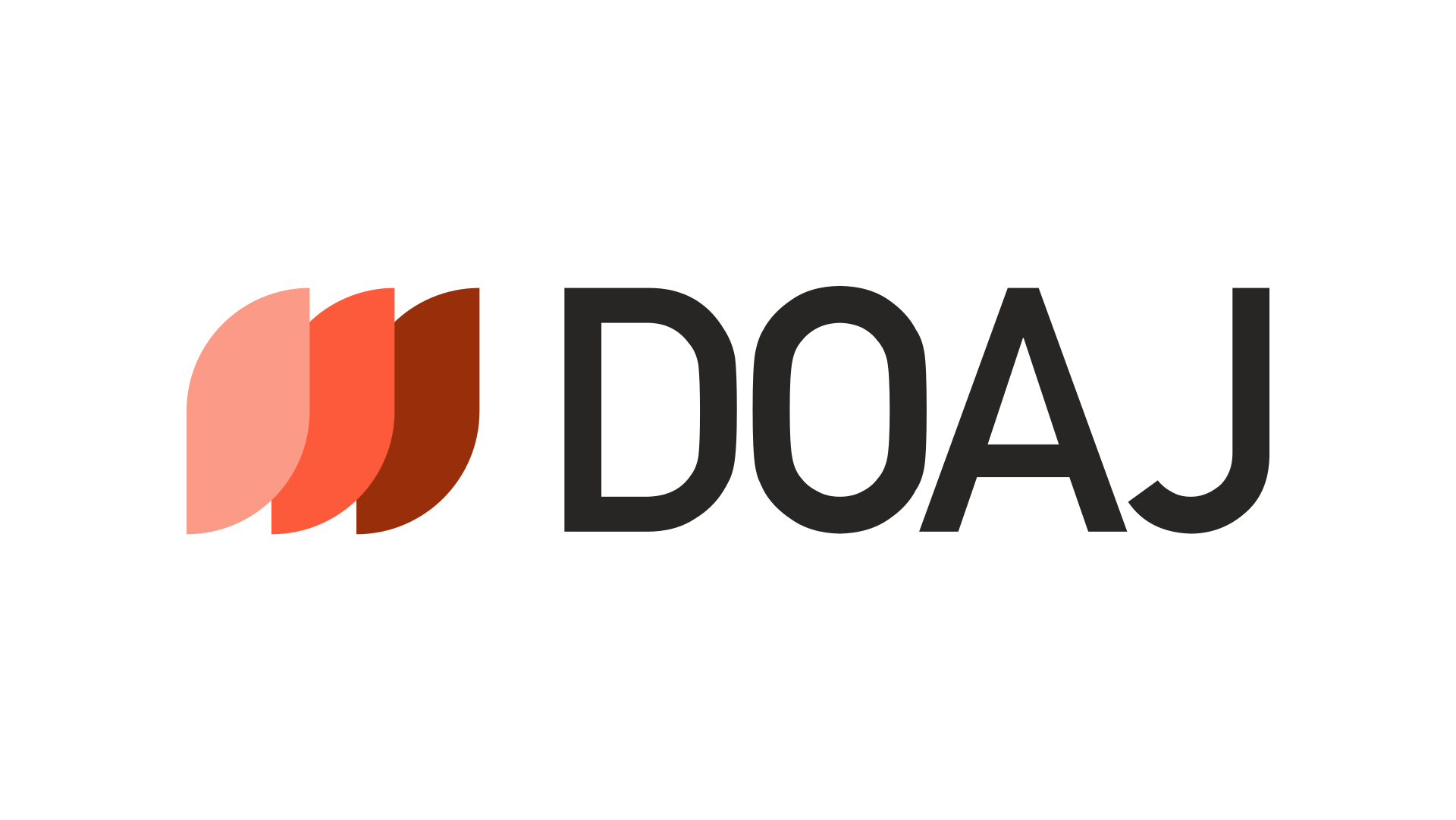Immunomodulatory Effects of Phytosterols and Glycosides Derived from Clinacanthus nutans in C57BL/6 Mice
DOI:
https://doi.org/10.36877/pmmb.a0000470Abstract
Clinacanthus nutans is a traditional medicinal plant widely used in Southeast Asia for its therapeutic properties, including anti-cancer, antimicrobial, and anti-inflammatory effects. While its crude extracts have been studied for immunomodulatory effects, little is known about the effects of its purified compounds. This study examines the immunomodulatory effects of beta-sitosterol, stigmasterol, and shaftoside isolated from C. nutans in C57BL/6 mice using immunogenicity tests and an immunosuppressive challenge model. Lymphocyte proliferation was assessed using BrdU assay, spleen immune cell composition was analysed via FACS, and inflammatory cytokines, total IgG, and IgM levels were quantified using ELISA. A Cryptosporidium parvum infection model was used to assess immunosuppressive effects in a biologically relevant context. Stool samples were examined microscopically for oocyst counts, and histopathological analysis was performed on the terminal ileum and liver. Shaftoside suppressed B and T lymphocyte proliferation, reduced both Th1 (IFN-γ, IL-2) and Th2 cytokines (IL-4), except IL-10, and altered antibody production by increasing IgG and reducing IgM levels. It also decreased the populations of key immune cells, including B cells, T helper cells, and cytotoxic T cells. Beta-sitosterol and stigmasterol inhibited lymphocyte proliferation, increased Th1 cytokines and reduced immune cell populations, with beta-sitosterol showing stronger immunomodulatory potential. In the C. parvum model, beta-sitosterol mitigated terminal ileum and liver damage more effectively than other treatments but resulted in higher oocyst shedding than dexamethasone. These findings suggest beta-sitosterol’s potential as a natural immunomodulatory agent with possible applications in Th2-dominant conditions like asthma and allergies.
Downloads
Published
How to Cite
Issue
Section
License
Copyright (c) 2025 Crystal Xiao-Qi Liew, Cheng-Foh Le, Sui-Kiong Ling, Sek-Chuen Chow, Li Li Chan, Kien Chai Ong, Chee-Mun Fang

This work is licensed under a Creative Commons Attribution-NonCommercial 4.0 International License.
Author(s) shall retain the copyright of their work and grant the Journal/Publisher right for the first publication with the work simultaneously licensed under:
Creative Commons Attribution-NonCommercial 4.0 International (CC BY-NC 4.0). This license allows for the copying, distribution and transmission of the work, provided the correct attribution of the original creator is stated. Adaptation and remixing are also permitted.

This broad license intends to facilitate free access to, as well as the unrestricted reuse of, original works of all types for non-commercial purposes.
The author(s) permits HH Publisher to publish this article that has not been submitted elsewhere.



.png)

.jpg)
